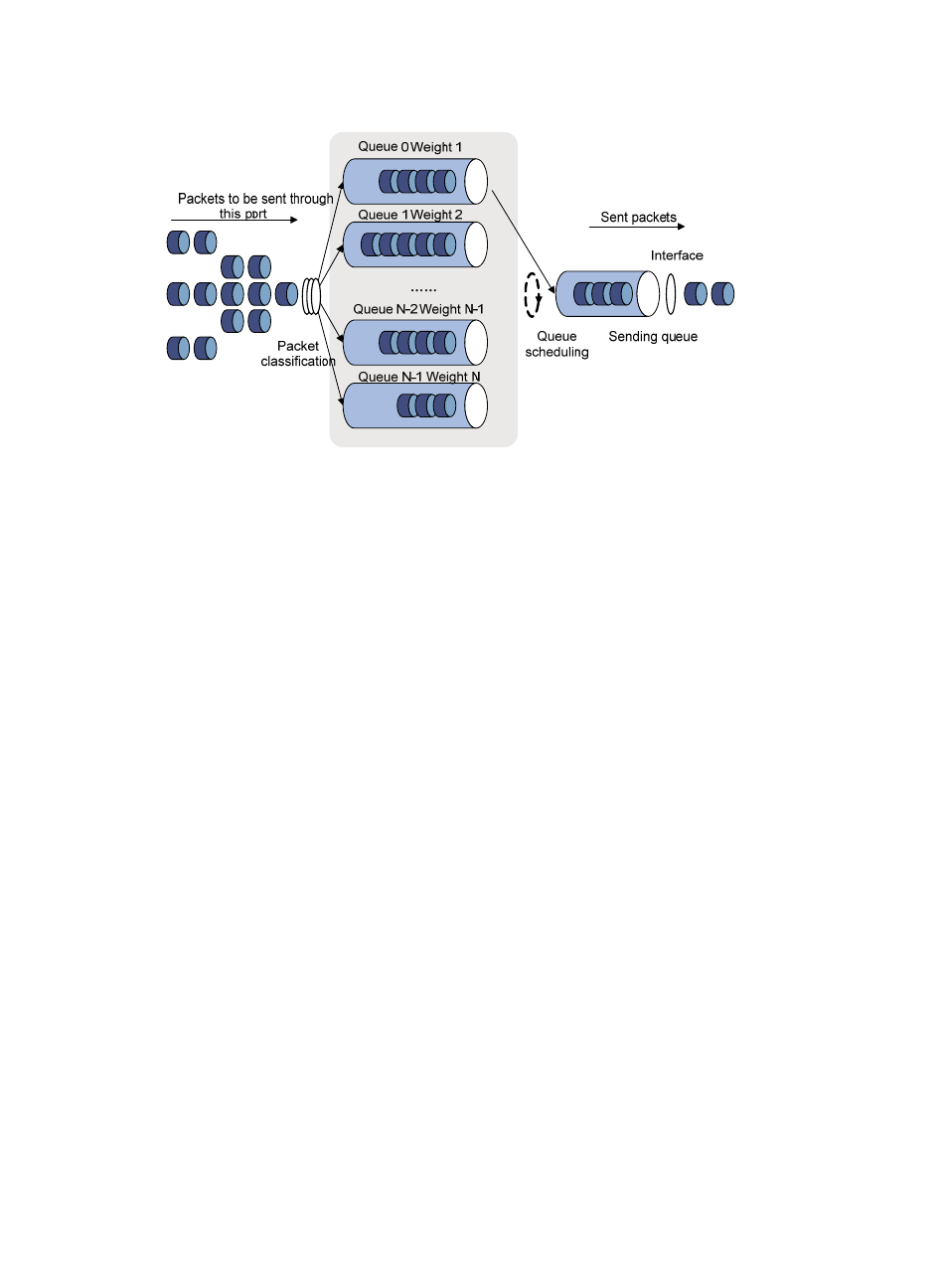Figure 12 – H3C Technologies H3C S12500 Series Switches User Manual
Page 55

46
Figure 12 WRR queuing
Assume a port provides eight output queues. WRR assigns each queue a weight value (represented by
w7, w6, w5, w4, w3, w2, w1, or w0) to decide the proportion of resources assigned to the queue. On
a 100 Mbps port, you can configure the weight values of WRR queuing to 50, 30, 10, 10, 50, 30, 10,
and 10 (corresponding to w7, w6, w5, w4, w3, w2, w1, and w0). In this way, the queue with the lowest
priority can get a minimum of 5 Mbps of bandwidth. WRR avoids the disadvantage of SP queuing that
packets in low-priority queues might fail to be served for a long time.
Another advantage of WRR queuing is that when the queues are scheduled in turn, the service time for
each queue is not fixed. If a queue is empty, the next queue will be scheduled immediately. This improves
bandwidth resource use efficiency.
WRR queuing includes the following types:
•
Basic WRR queuing—Contains multiple queues. You can configure the weight, percentage (or byte
count) for each queue and WRR schedules these queues based on the user-defined parameters in
a round robin manner.
•
Group-based WRR queuing—All the queues are scheduled by WRR. You can assign the output
queues to WRR priority queue group 1 and WRR priority queue group 2. Round robin queue
scheduling is performed for the group which has the highest-numbered queue. If the group is empty,
round robin queue scheduling is performed for the other group.
